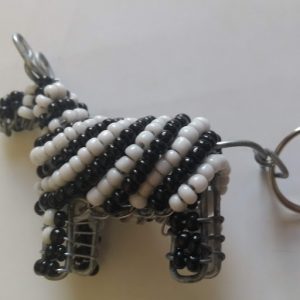
Last week I attended a workshop in London on the theme of ‘Becoming Anticipatory,’ organised by Stellenbosch University’s Centre for Complex Systems in Transition. The workshop was about using futures techniques to work towards desirable or preferred futures.
It showcased methods such as Three Horizons and Causal Layered Analysis. But the element that was the most fun was the ‘Madagascar’ game, based loosely on the film of the same name.
For people who don’t follow the movies, or maybe have recently arrived from another planet, Madagascar was a successful animated film, in which some animals escape from a New York zoo.
I’m not sure that the scriptwriters would necessarily recognise the complex systems interpretation of the characters, but the story of the game, revealed to us later, was that the lion is the systems leader, the zebra is the system entrepreneur, the giraffe is the systems co-creator, the penguins are the edge walkers, and the hippo is the ‘systems weaver’.
Zebras
Before these characterisations were explained, we were invited to use short descriptions of the animals as a basis to identify with one of the five. We than used that as a way to introduce ourselves. It put a lot of energy–and humour–into the room. It turned out that there were a lot of zebras in the room, and not very many penguins. I also discovered that we were a pilot experiment for this approach to explaining change in complex systems.
The point was that successful systems, meaning systems that are able to innovate effectively, need all five roles. To frame it slightly differently, CST suggested that the lions, the leaders, make meaning. The zebra/entrepreneurs embody relationships. The giraffes are sensemakers, and the penguins find ambiguity and incongruence. The hippos, meanwhile, develop resilient systems. Reassuringly, I realised that the four members of the SOIF management team represented a spread of animals. We’re a bit light in the penguin department.
The image at the top of the post is of a zebra keyring made in South Africa. Andrew Curry, CC BY-SA-NC 4.0.
